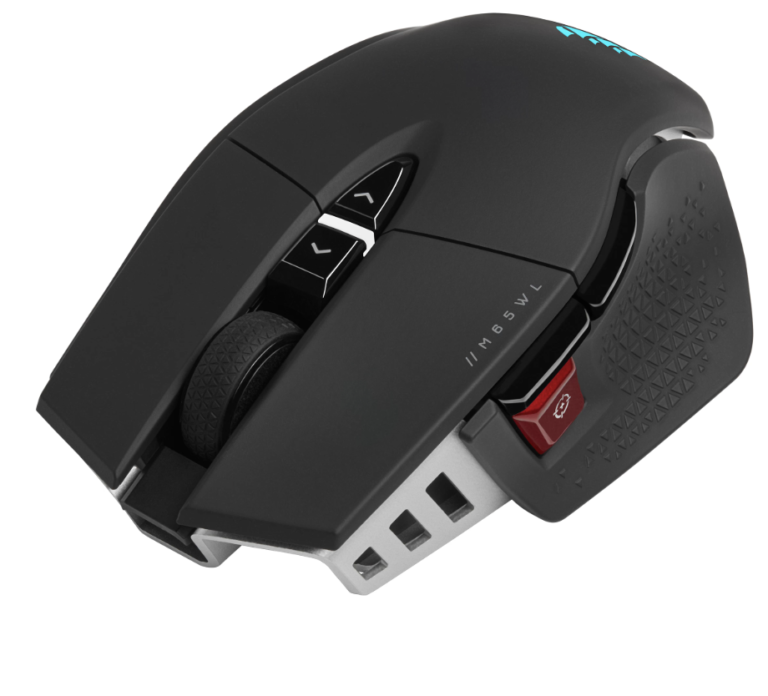[Explained] Do Motherboards Come with Wifi?
Most of the motherboards don’t come with Wi-Fi, high-end motherboards only have built-in Wi-Fi. Basically, laptop motherboards do have built-in Wi-Fi in them. Earlier, desktop users use an ethernet cable or Wi-Fi USB adapter for an internet connection.
Technology is updating day by day and as a result, manufacturers are also updating their motherboards. Nowadays, you can find desktop motherboards with built-in Wi-Fi cards in them but they’ll cost you more money in comparison to a budget motherboard.
Does a motherboard with Wi-Fi worth buying? Built-in Wi-Fi can provide you with portability also you don’t need to drag an ethernet cable for an internet connection. But they have some drawbacks too. In today’s article, we’re here to assist you to learn about the motherboards that come with Wi-Fi. So, let’s begin!

Do Motherboards Come with Wifi | What Does Wi-Fi Motherboard Mean?
If you’re going to buy a motherboard at this present time, you’ll get to see some motherboards are coming with Wi-Fi modules. Wi-Fi motherboard means a motherboard that has the ability to connect to a wireless internet connection. It has a wireless transmitter/receiver and an antenna that helps a computer connect to the internet without an ethernet cable or USB adapter.
Built-in Wi-Fi is common in laptop motherboards but now it is also available with desktop motherboards. Basically, the high-end motherboards do have built-in WIFI modules in them. On a Wi-Fi motherboard, you can find the Wi-Fi card close to the back I/O panel.
In addition, if you want to check which motherboards have built-in Wi-Fi then check the motherboard’s name. Most of them mention Wi-Fi when listing the products but if you observe the Gigabyte motherboards, they provide names for the Wi-Fi motherboards. If you found a motherboard name with AX/AC then the motherboard has built-in Wi-Fi in it.
Pros of Motherboards with Wi-Fi
There are several benefits of having a built-in Wi-Fi motherboard.
- Built-in motherboards provide you with portability. If you do have a built-in Wi-Fi motherboard then you can set up your desktop anywhere in your house as it won’t need any ethernet cable to drag for an internet connection in the computer.
- Motherboards with built-in Wi-Fi offer you to utilize the PCIe slots for different purposes as you don’t need to connect any modem or Wi-Fi USB adapter.
- Better for office work. If an office does have more desktops to connect to the internet, then they’ll need more ethernet cables which will make the office environment messy. If the desktop’s motherboard has Wi-Fi, then it can provide internet easily.
- Provides decent internet speed.
Cons of Motherboards with Wi-Fi
Besides the advantages, it does have disadvantages too.
- It’ll burn out your pocket. You can go for a budget motherboard and buy an ethernet cable or USB adapters. It’ll cost you less money than a built-in Wi-Fi motherboard.
- Having a unique feature can replace another important feature. As like, some of the Wi-Fi motherboards don’t have a VGA port.
- It hinders the upgradability of the Wi-Fi network. Day by day technology is upgrading, if you buy a motherboard with Wi-Fi 5 then you can’t upgrade it to the next version as it is fixed by the manufacturers.
- Provide less internet speed than an ethernet cable connection.
Is It Worth Buying a Motherboard with Built-In Wi-Fi?
A motherboard that comes with a built-in Wi-Fi module does have both advantages and disadvantages. The Internet has become a daily life need. In the past decade, there were no options to have a built-in Wi-Fi motherboard unless you buy a laptop. But now, technology updated and it’s providing motherboards with built-in Wi-Fi.
As we have mentioned earlier the pros and cons of a Wi-Fi motherboard, now you can choose whether you should buy it or not. If you are a gamer or wanted to do heavy work and planning to buy an updated high-end motherboard, then you should go for a motherboard that has a Wi-Fi module. Also, you’ll get a built-in Bluetooth module too.
But if you are considering a better internet speed then you can go for a budget-friendly motherboard. An ethernet connection provides better speed and less latency than a Wi-Fi connection in a desktop computer. It’s up to your decision and preferences which one you should buy.
Frequently Asked Questions
Can I add Wi-Fi to a non-Wi-Fi motherboard?
Yes, you can. For this, you’ll need a USB WIFI adapter. Connect it to your PC and install it. Then you can use the internet without an ethernet cable, in brief, the adapter will help you to have a wireless network.
How do I know if my motherboard comes with Wi-Fi?
The easiest way is to check with the motherboard name or search for it on Google. If your motherboard’s name has AX/AC with it or there is mentioned Wi-Fi then that motherboard has a Wi-Fi module.
Conclusion
To sum up, a motherboard that comes with Wi-Fi is a great thing in this modern era. It can provide you with some cool features and a wireless internet connection experience. But it’ll cost you more money than a non-WIFI motherboard.
Users around the world prefer non-WIFI motherboards as they won’t break the bank to buy. Also, they prefer to use an ethernet connection as it provides stable and high-speed internet rather than a WIFI connection. So, think wisely before you buy. Gracias!
Subscribe to our newsletter
& plug into
the world of technology





